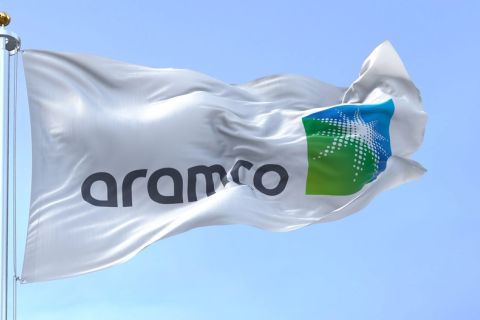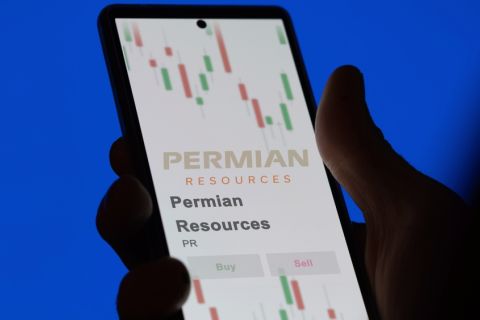Presented by:

Editor's note: This article appears in the E&P newsletter. Subscribe to the E&P newsletter here.
Oil prices have rebounded in recent months, and according to the U.S. Energy Information Administration (EIA), demand is growing. An EIA forecast published Sept. 8 predicts that global consumption of petroleum and liquid fuels will average 97.4 MMbbl/d for the year, a 5 MMbbl/d increase from 2020. Drillers in U.S. unconventional plays are moving to take advantage of the higher prices and increasing demand, but doing so has its challenges.
As drilling has ramped up, some operators have initiated short-term programs that require them to pick up warm rigs and build new wellsite teams. The goal is to get back up to speed quickly, but training new crew members, onboarding new providers and integrating them with the operator’s well delivery team can make achieving that goal difficult. Using conventional drilling methods often necessitates multiple well cycles to achieve the level of performance acquired over previous drilling campaigns, and time spent getting back up to speed equates to money lost.
Automation has been used effectively to capture economies on large drilling programs, but because of perceptions about the cost of implementation and the time required to achieve proficiency, sometimes it’s ruled out for smaller programs. The fact is, however, that with the right automation tools, drillers can capture the same valuable returns on smaller drilling programs by improving slide execution and wellbore placement, reducing drilling flat time and managing operations remotely—even in an operating environment characterized by newer, less-experienced crews.
Field applications have proven that automation enables efficiencies that pay dividends, ensuring that best practices can be put in place at the outset and introducing drilling competency through designed-in expertise that allows crews to deliver reliable and consistent results.
Case study
In the first half of 2021, a leading operator in the Bakken Shale made plans to bring on a new rig for a short program and wanted to find a way to attain drilling results similar to those achieved during an earlier longer-term campaign. Having seen how automation had reduced cycle times and delivered consistent performance for another operator in the same play, this operator wanted to try out the tools for itself and looked to Nabors for support.
The result was to use two automated tools on the short drilling program. SmartNAV, an automated directional guidance system with anticollision software, ensured consistently accurate directional decisions with improved wellbore placement via interactive slide and rotate steering instructions provided on a stand-by-stand basis. Executing on instructions generated through SmartNAV, the SmartSLIDE directional steering control system automates slide drilling with basin-specific programming to improve performance and reduces overall cycle time. Using these tools, the operator could capture value through automation and could draw on the expertise of a team at a remote operations center for 24/7 support.
The visualization and analysis tools allowed the operator to see the planned and as-drilled trajectory, while built-in communication features facilitated collaboration between the rig crew and offsite experts. With the ability to customize rules, best practices and steering tolerances, the operator was able to rapidly implement and execute a short drilling program with the same level performance achieved during its earlier, longer campaign.
Slide times were reduced across the board. Vertical cycle times were cut by 15.3% on average. Curve lateral times were reduced by 22%, and average curve cycle times were cut by 36.8%. Collectively, these time reductions delivered $87,000 in savings per well on this program.
Rethinking the value of automation
Historically, operators have considered automated directional solutions and ROCs only for large-scale, long-term drilling programs, but new technology is changing the playing field. Today, improved tools and experienced remote teams are proving their value on shorter-term drilling programs, delivering the same superior level of performance and the same significant return on investment.
Recommended Reading
Kissler: OPEC+ Likely to Buoy Crude Prices—At Least Somewhat
2024-03-18 - By keeping its voluntary production cuts, OPEC+ is sending a clear signal that oil prices need to be sustainable for both producers and consumers.
Buffett: ‘No Interest’ in Occidental Takeover, Praises 'Hallelujah!' Shale
2024-02-27 - Berkshire Hathaway’s Warren Buffett added that the U.S. electric power situation is “ominous.”
Aramco Reports Second Highest Net Income for 2023
2024-03-15 - The year-on-year decline was due to lower crude oil prices and volumes sold and lower refining and chemicals margins.
Sunoco’s $7B Acquisition of NuStar Evades Further FTC Scrutiny
2024-04-09 - The waiting period under the Hart-Scott-Rodino Antitrust Improvements Act for Sunoco’s pending acquisition of NuStar Energy has expired, bringing the deal one step closer to completion.
Stockholder Groups to Sell 48.5MM of Permian Resources’ Stock
2024-03-06 - A number of private equity firms will sell about 48.5 million shares of Permian Resources Corp.’s Class A common stock valued at about $764 million.





